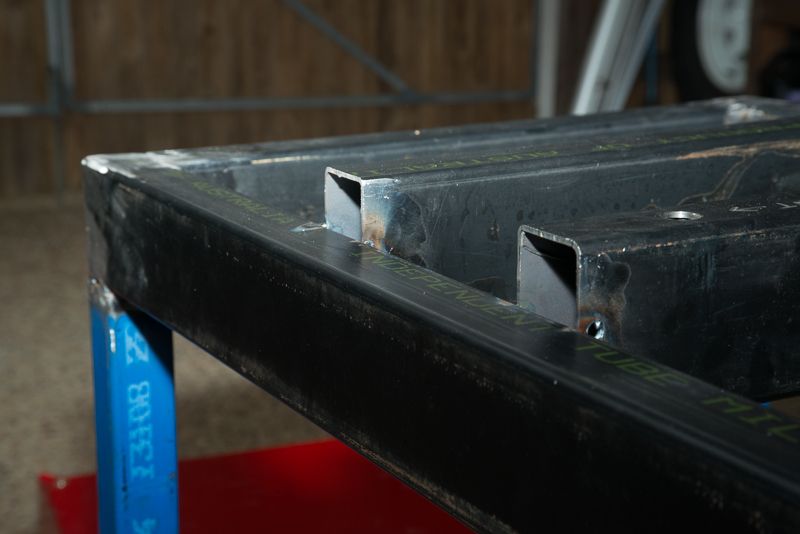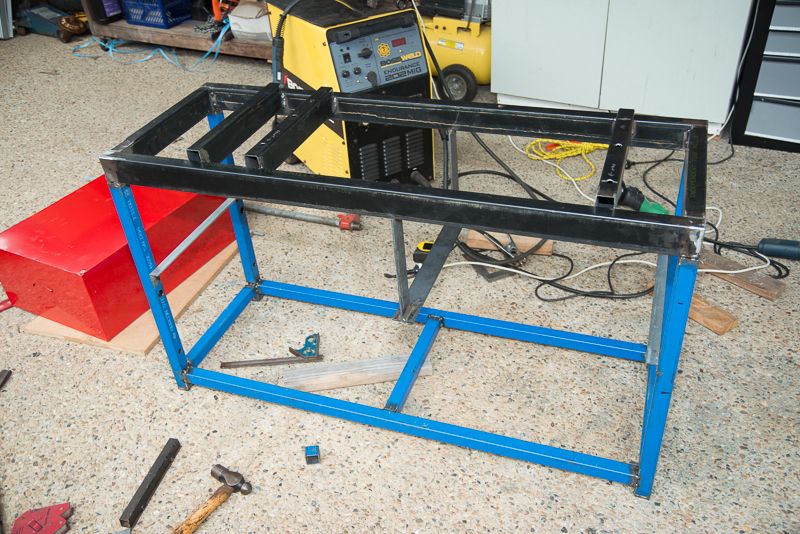You might find it better by searching for a 68 grade SLIDEWAY oil.
These are maybe a little different to other grades of 68 oils as they will have additives that keep the oil in place.
A slideway oil is designed to give a permanent thickness layer to prevent metal to metal contact on all your slideways, and as far as I can gather it is about 0.002" thick. Without that layer, your gibs might seem to be a little loose, and further adjustment to take up that slack can be causing undue wear. Lube up first, then adjust your gibs until tightish, then continue to lube every day if needs be.
I did this on my mill well over six years ago when it was first commissioned, and the gibs haven't been adjusted since.
In all honesty, I grossly over lubricate my machines, and it drips all over the place rather than the 'polish it until it shines brigade', who may be doing more harm than good.
Having been a mechanical type of engineer all my working life, I have a ruling that a few pounds spent on the correct lubrication over a couple of years is better than having large amounts of wear on your machine if it isn't lubricated properly that could cost hundreds of pounds in replacements. Paint layers are only cosmetic and if needs be they can be cleaned up or repainted, layers of slideway metals can't.
John
These are maybe a little different to other grades of 68 oils as they will have additives that keep the oil in place.
A slideway oil is designed to give a permanent thickness layer to prevent metal to metal contact on all your slideways, and as far as I can gather it is about 0.002" thick. Without that layer, your gibs might seem to be a little loose, and further adjustment to take up that slack can be causing undue wear. Lube up first, then adjust your gibs until tightish, then continue to lube every day if needs be.
I did this on my mill well over six years ago when it was first commissioned, and the gibs haven't been adjusted since.
In all honesty, I grossly over lubricate my machines, and it drips all over the place rather than the 'polish it until it shines brigade', who may be doing more harm than good.
Having been a mechanical type of engineer all my working life, I have a ruling that a few pounds spent on the correct lubrication over a couple of years is better than having large amounts of wear on your machine if it isn't lubricated properly that could cost hundreds of pounds in replacements. Paint layers are only cosmetic and if needs be they can be cleaned up or repainted, layers of slideway metals can't.
John











